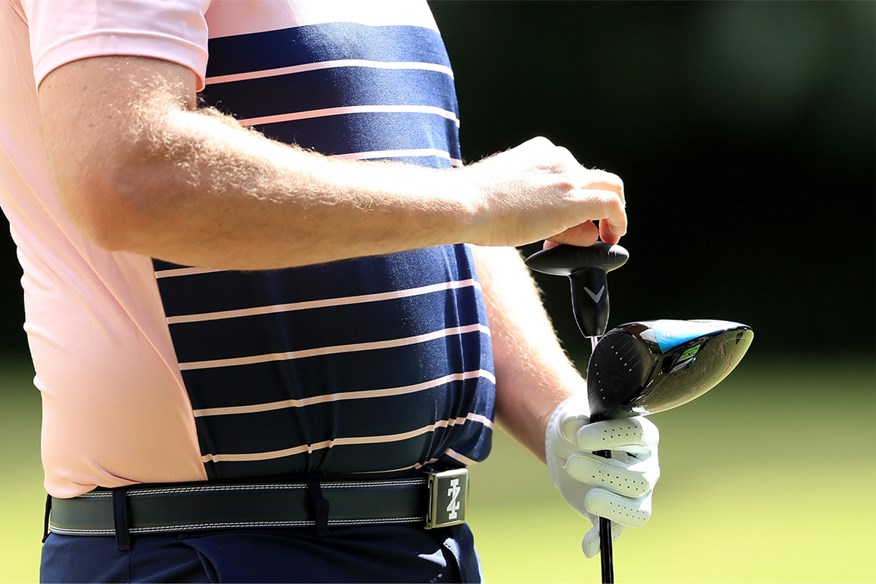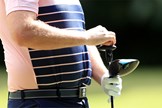You could gain 20 yards just by changing these two settings on your driver
Published:
Our test showed that simply changing two settings on your driver can deliver huge gains in distance, plus improvements in spin, trajectory, and shot shape.
Getting maximum performance from the tee isn’t just about choosing the best golf driver for your game – you also need to ensure it’s set up in a way that’s optimal for you.
Most modern drivers feature some level of adjustability, and whilst most golfers never give it a second thought, tweaks that take seconds to make can deliver huge changes to the trajectory, shot shape, and distance of your drives.
Wondering how huge? Let me give you an example.
In the recent Today’s Golfer Drivers Test, we tested every model in a 10.5° loft and the same shaft so we could produce comparable data. But we knew that 10.5° head might not be optimal for our test pro, Neil Wain.
We tested that theory by also measuring Neil’s performance using a setup that is optimal for him and comparing the results.
Hitting the TaylorMade Qi35 in 9° loft instead of 10.5° and with the removable weights swapped from their standard setting, Neil gained 19.9 yards of extra carry distance. And that’s not all. His ball speed increased by 7.3mph, shot height dropped five yards, spin came down by more than 600rpm, and the descent angle went from 41.9° to 31.7°, all of which would mean he’d gain even more than that 19.9 yards when it came to total distance out on the course.
| TaylorMade Qi35, 9º Loft, Weight Forward | TaylorMade Qi35, 10.5º, Weight Rear | Fitted Performance Change | |
| Ball Speed | 169.7 mph | 162.4 mph | Gained 7.3 mph |
| Carry | 295.7 yards | 275.8 yards | Gained 19.9 yards |
| Landing Angle | 37.7º | 41.9º | Decreased by 4.2º |
| Height | 31.7 yards | 36.7 yards | Decreased by 5 yards |
| Spin | 2226 rpm | 2856 rpm | Decreased by 630 rpm |
Just to be clear, it was the same model of driver, with the exact same shaft, just in a different loft and with the weights in a different location. It proves what a difference the correct setup can make.
If you battle a hook or slice, it’s worth noting how much adjusting your driver can influence shot shape, too.
“I’ve seen a 30-yard hook turn into a five-yard fade just from a weight and sleeve alteration,” says TG Golf Equipment Writer Lewis Daff, a man who conducted over 5,000 custom fittings in his time as a Master Custom Fitter and Club Builder. “That was an extreme case, but 15-20 yards of shot shape change would not be unusual.”
So, if you’re not confident that your driver is currently set to give you optimal results, what should you do about it?
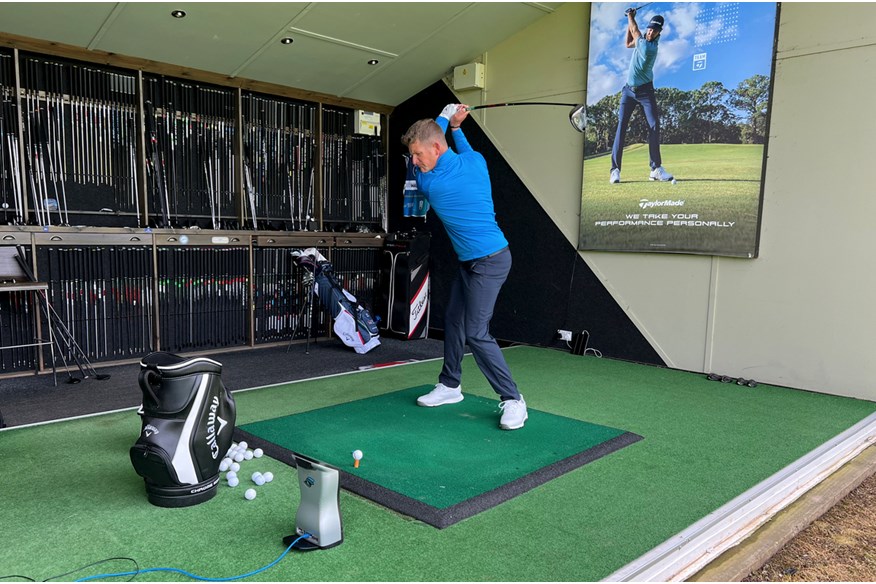
Get custom fitted
If you go for a custom fitting, part of the process will be determining what loft and settings will deliver the best results for you. You may even find that your current driver can deliver what you’re looking for just by tweaking the settings, potentially saving you hundreds on a new one (provided you have a decent, honest fitter!).
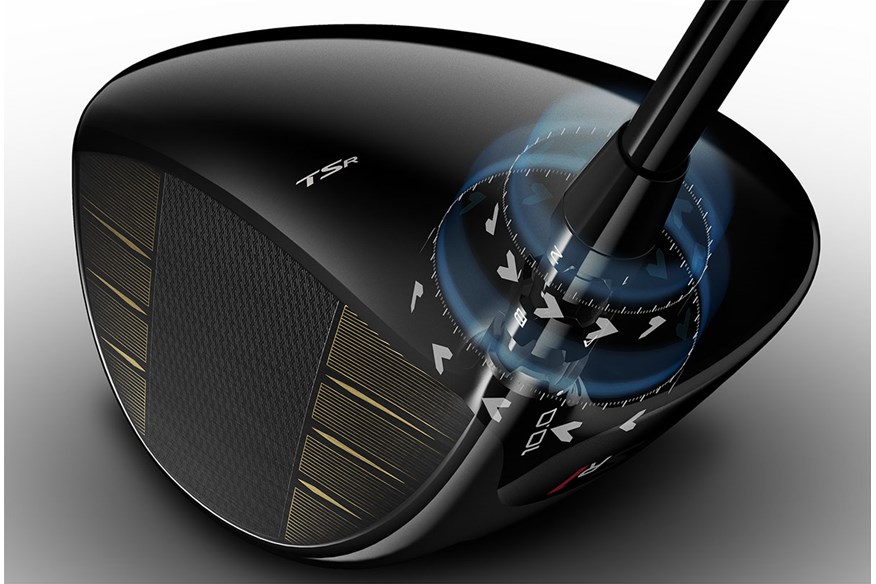
Adjust your own driver
If a fitting isn’t an option at present, there’s no harm in experimenting with the settings on your driver. Think about what you want from your drives: more height or less; more draw or fade; increased or reduced spin; more forgiveness or a boost to all-out distance on your well-struck drives.
Once you know what you’re trying to achieve, you can adjust your driver settings accordingly.
Depending on the driver model, those tweaks will take place on the hosel and/or by moving weights or a sliding track on the driver head itself.
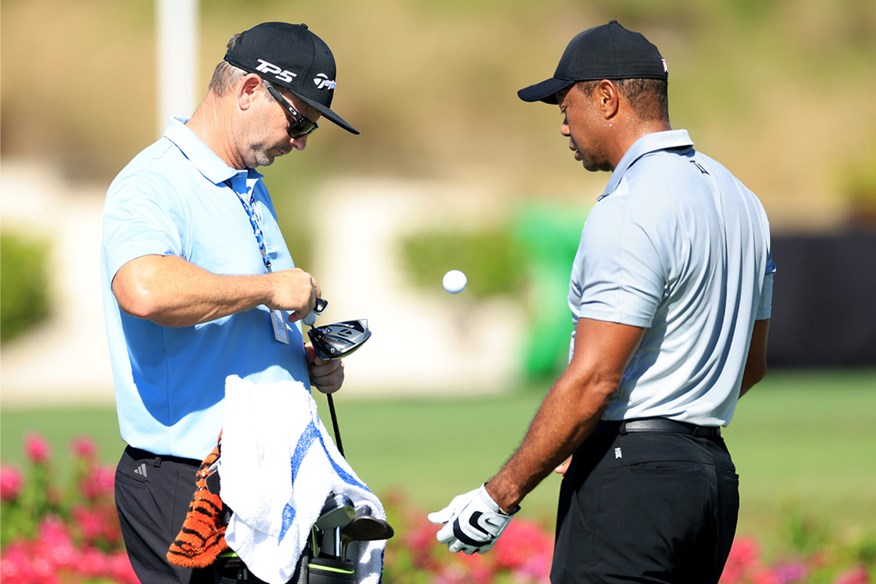
How to adjust your golf driver settings
Different brands use different hosel adaptors, with different terminology and symbols, but the general changes you can make are the same across the board. Here’s a breakdown of the changes you can make and how they will impact your ball flight.
1. Adjusting loft & face angle
The loft sleeve on your driver’s hosel allows you to increase or decrease the loft, normally by about 1-3 degrees.
- More loft (higher number)
- Increases launch angle
- Adds spin
- Can help with slices (due to a slightly closed face angle)
- Less loft (lower number)
- Lowers launch
- Reduces spin
- Can help with hooks (due to a slightly open face angle)
If you struggle to get the ball in the air, try increasing the loft. If you hit drives too high with too much spin, lower it.
2. Adjusting lie angle
Some brands will have settings that say “upright” and “flat” alongside “standard”, while others may offer “draw” or “fade”. The premise is the same:
- Upright lie = Promotes a draw
- Flat lie = Encourages a fade
Most drivers have neutral and upright settings. If you tend to slice the ball, setting the driver to an upright lie angle can help straighten your ball flight.
3. Adjusting weights for ball flight & forgiveness
If your driver has moveable weights, you can shift them to change the center of gravity and influence ball flight:
- Back weight (more forgiving)
- Higher launch
- More stability
- More spin
- Forward weight (more distance)
- Lower launch
- Less spin
- Less forgiveness
- Heel weight (anti-slice)
- Encourages a draw
- Encourages a draw
- Toe weight (anti-hook)
- Encourages a fade
If you tend to slice your drives, move the weight toward the heel. If you battle a hook, shift the weight toward the toe.
- Looking for a new driver? Check out our pick of the most forgiving drivers available.
